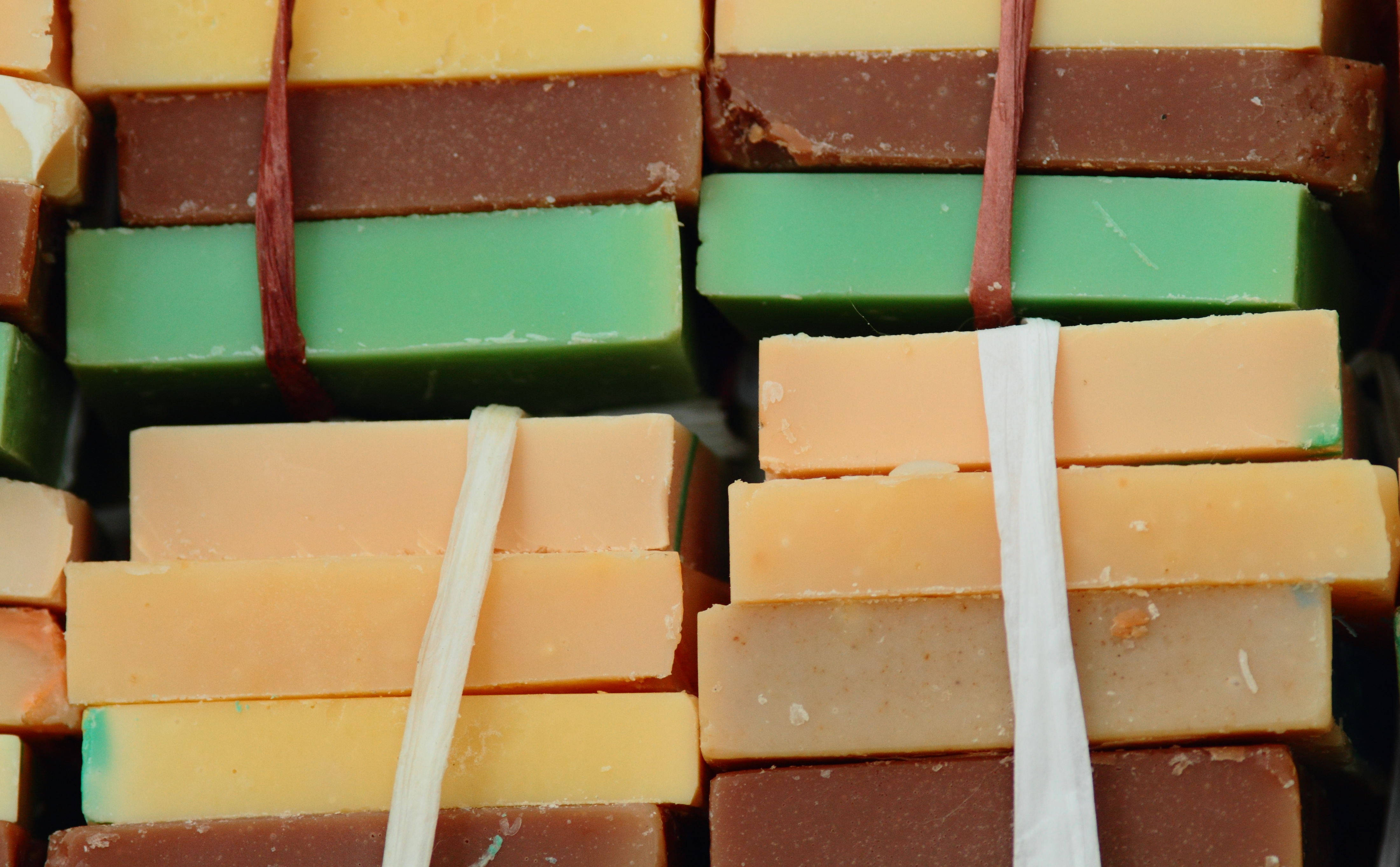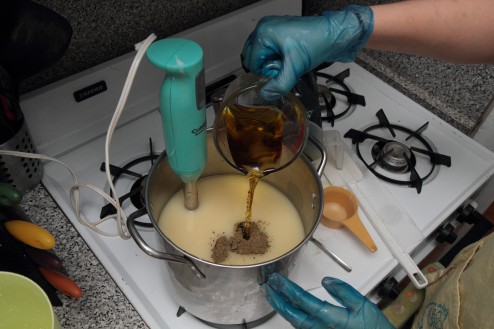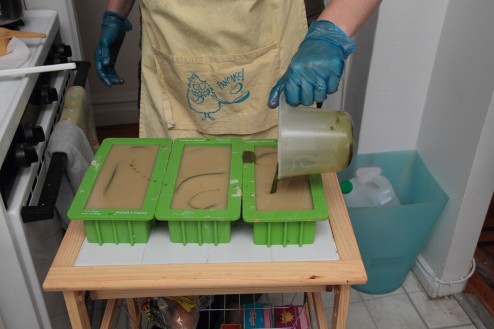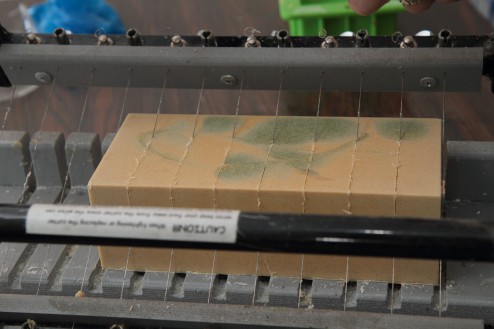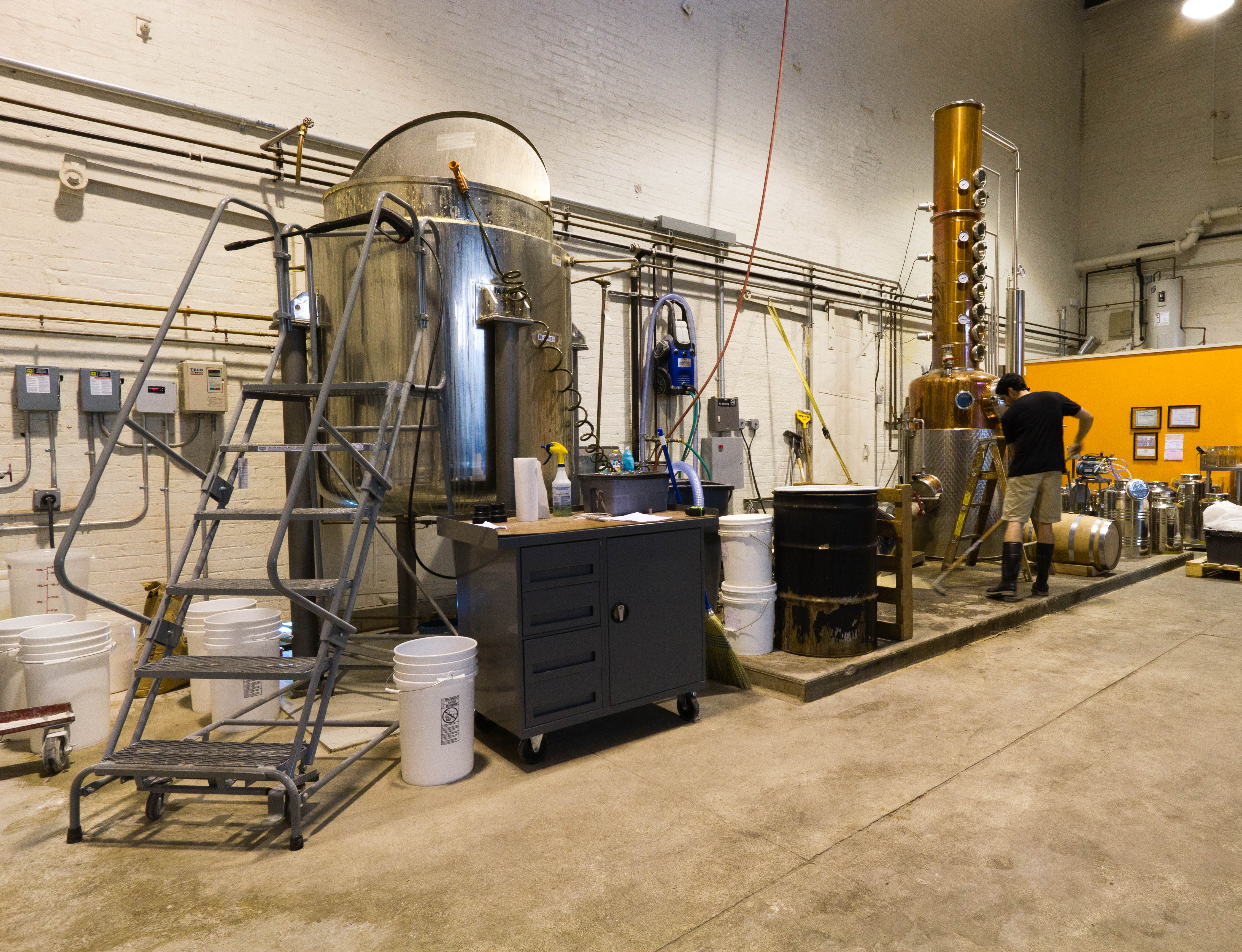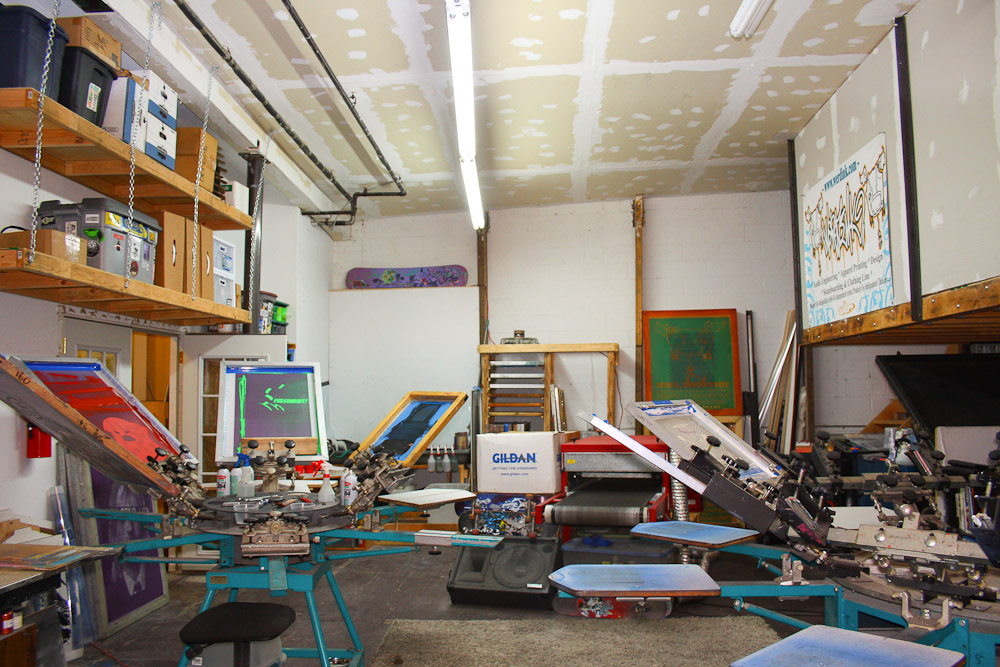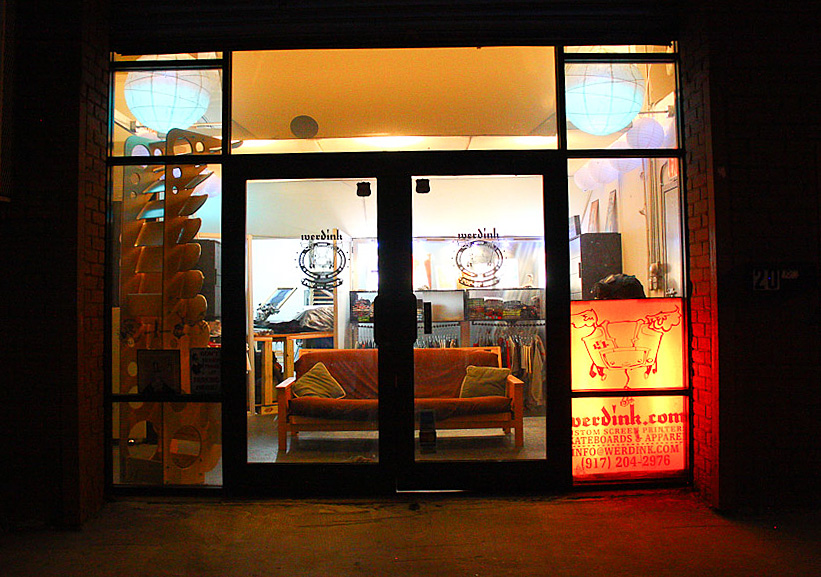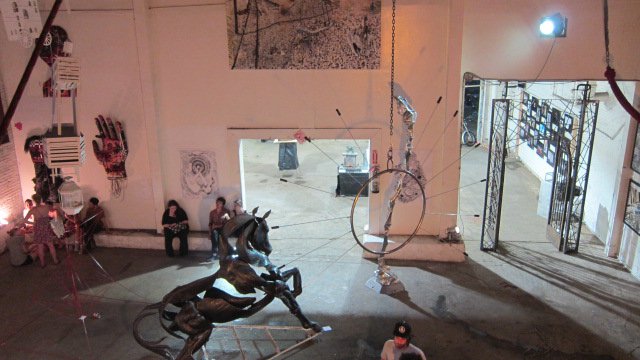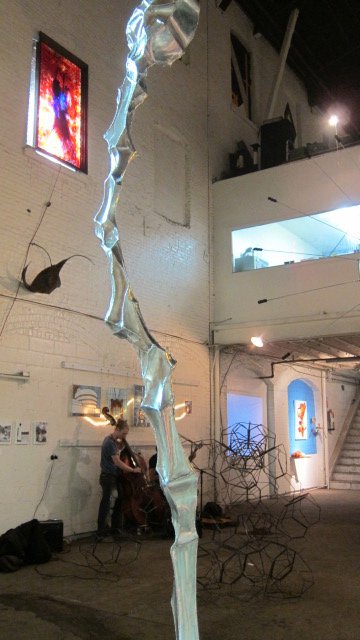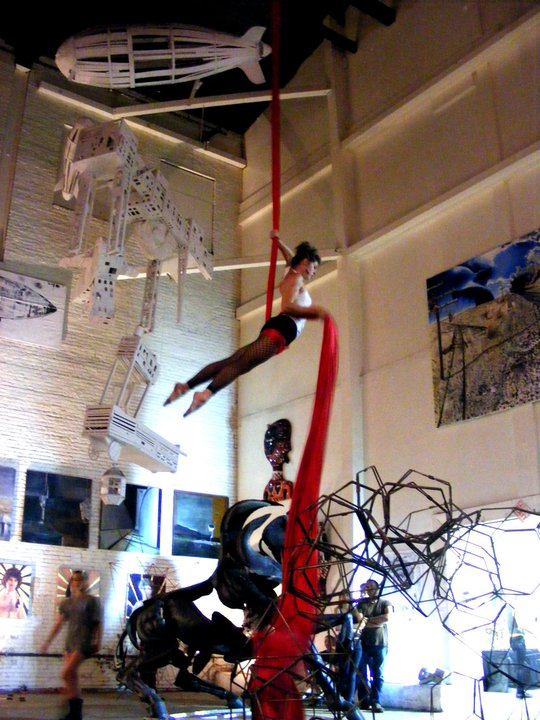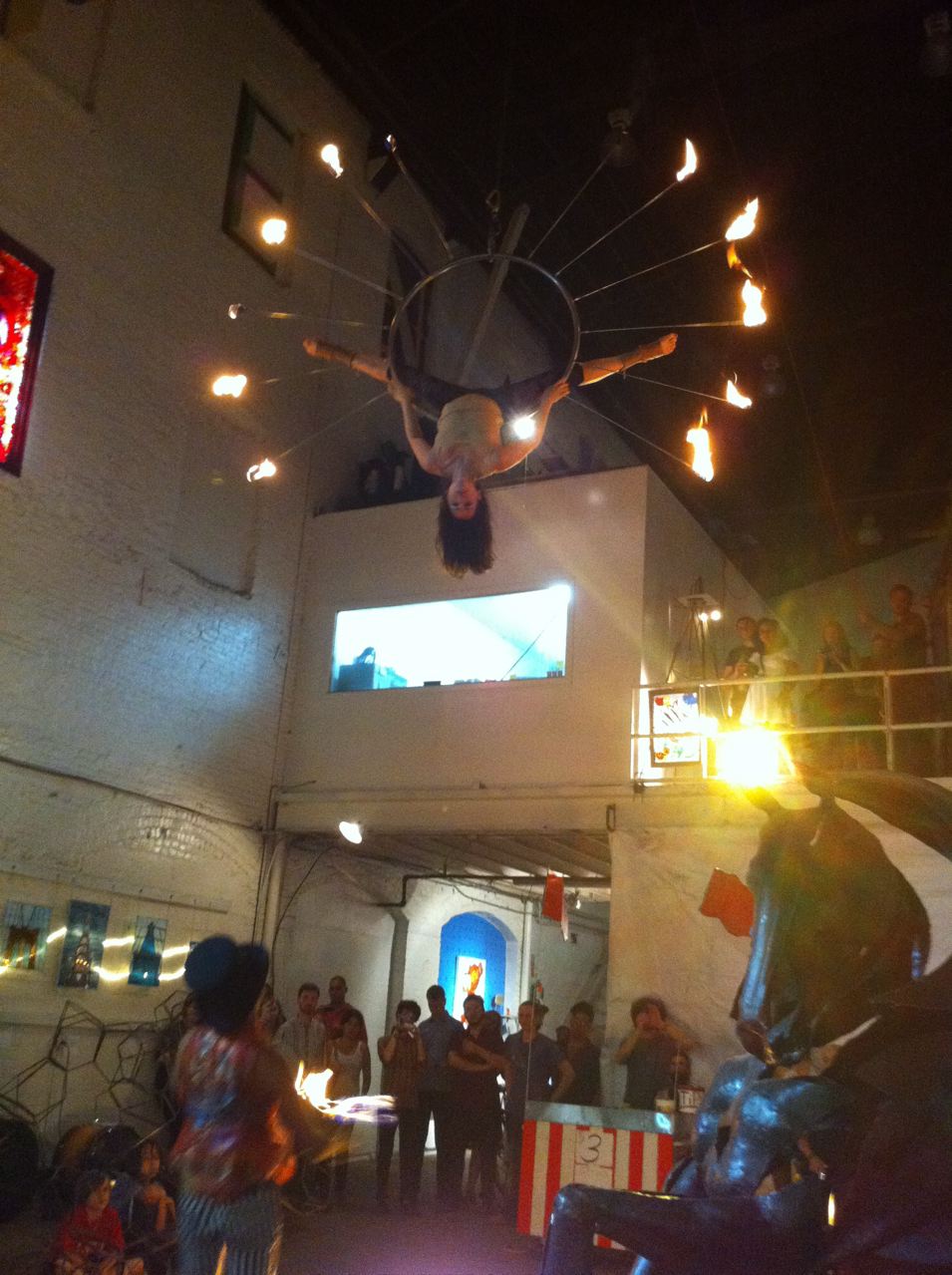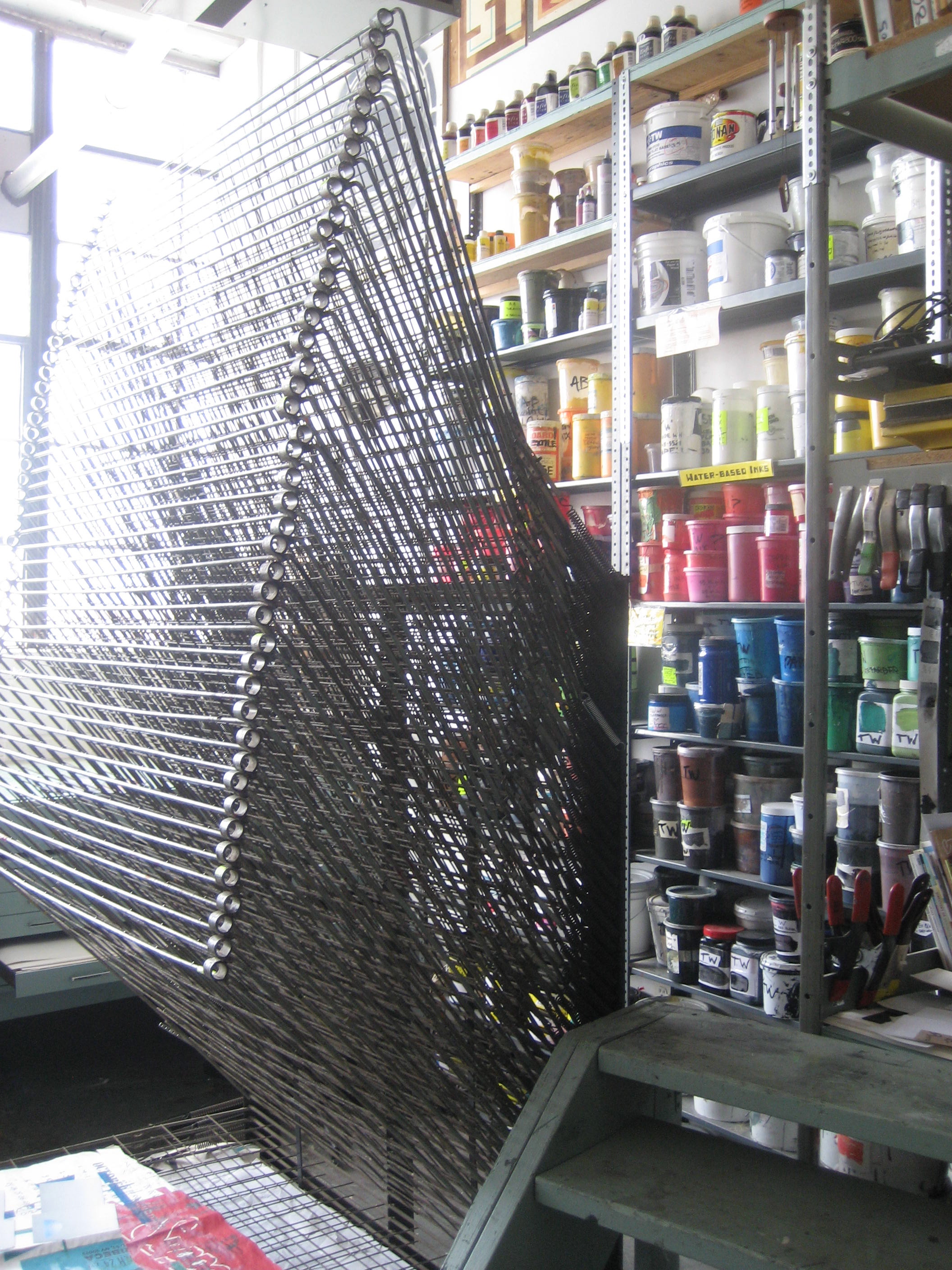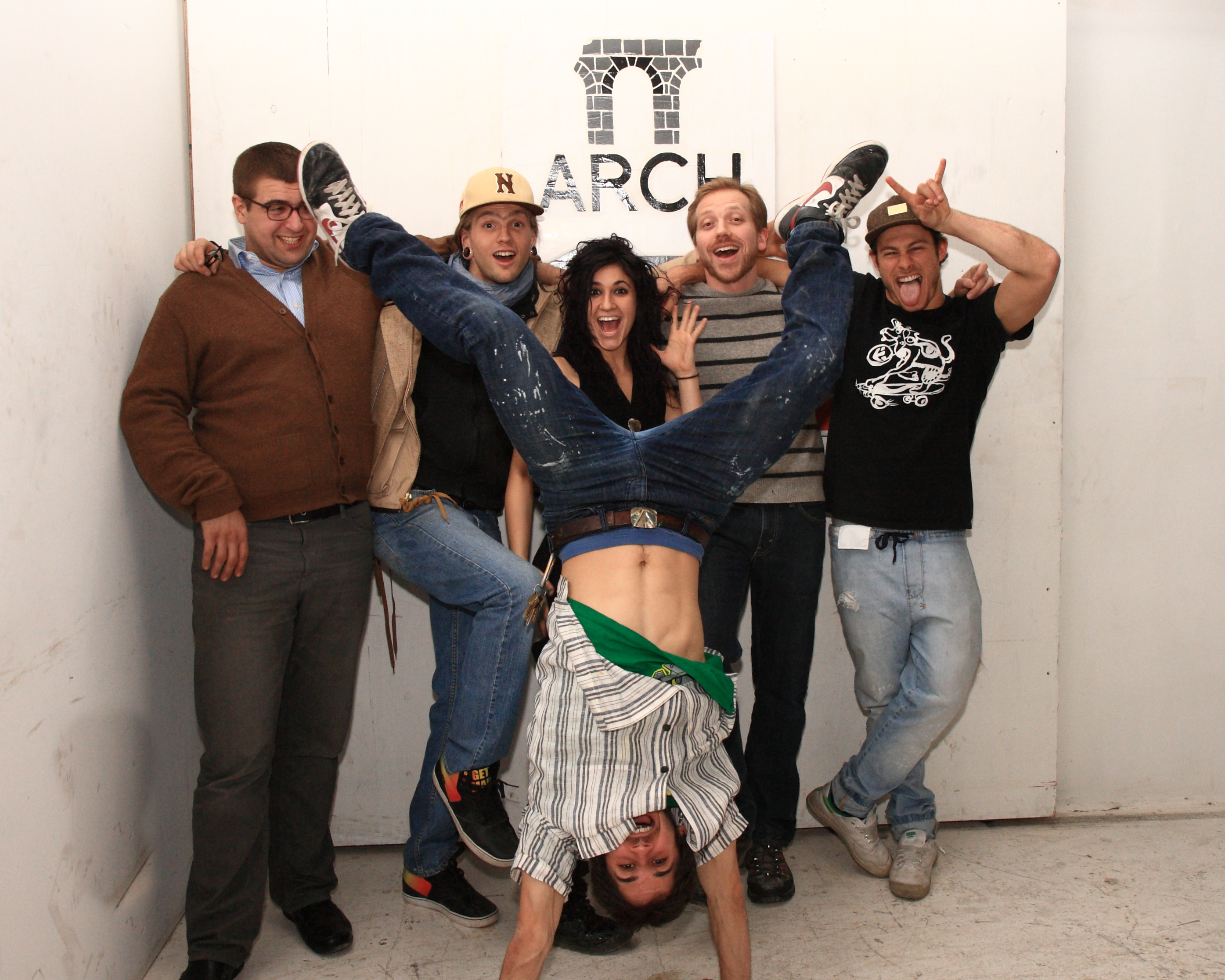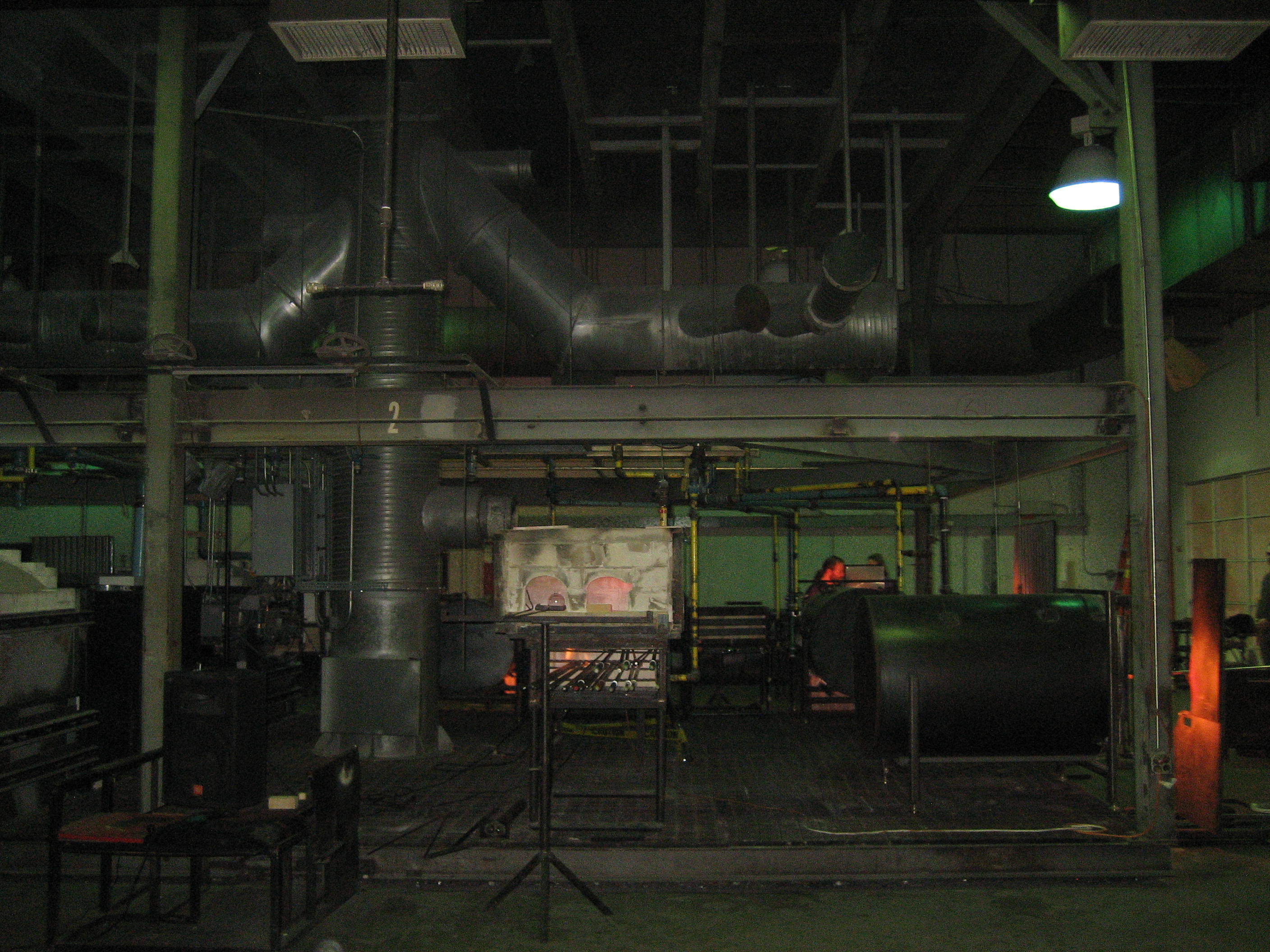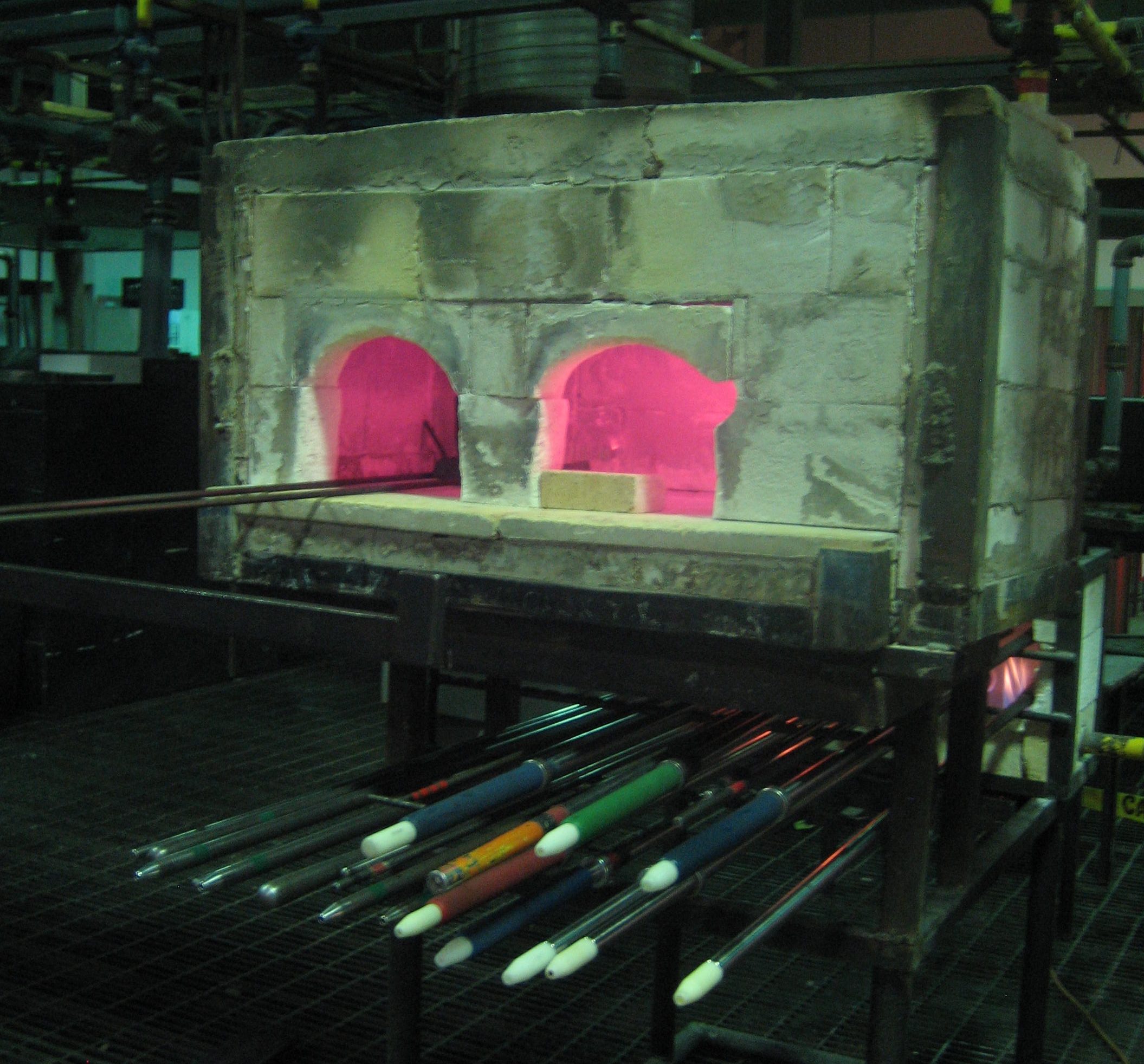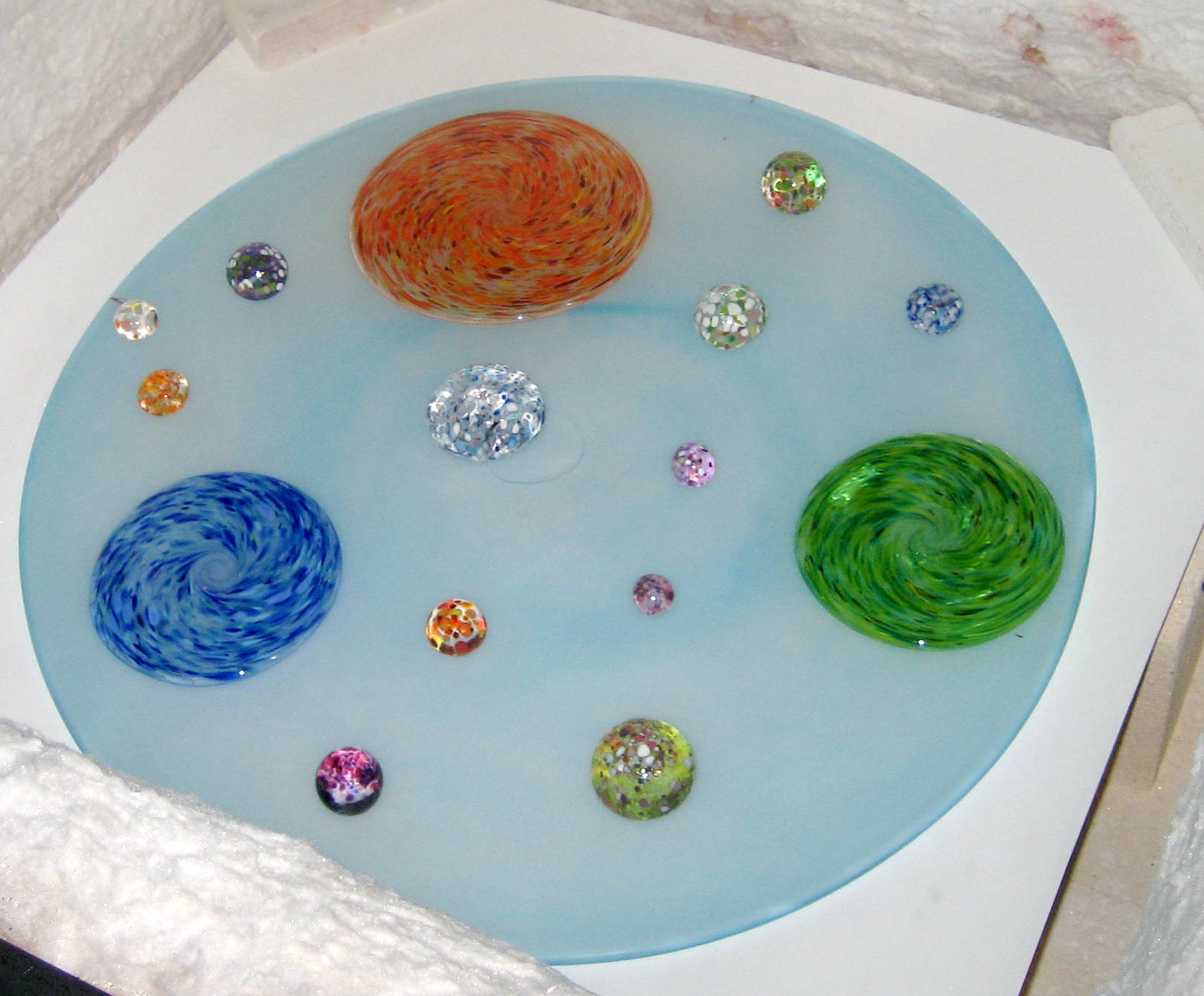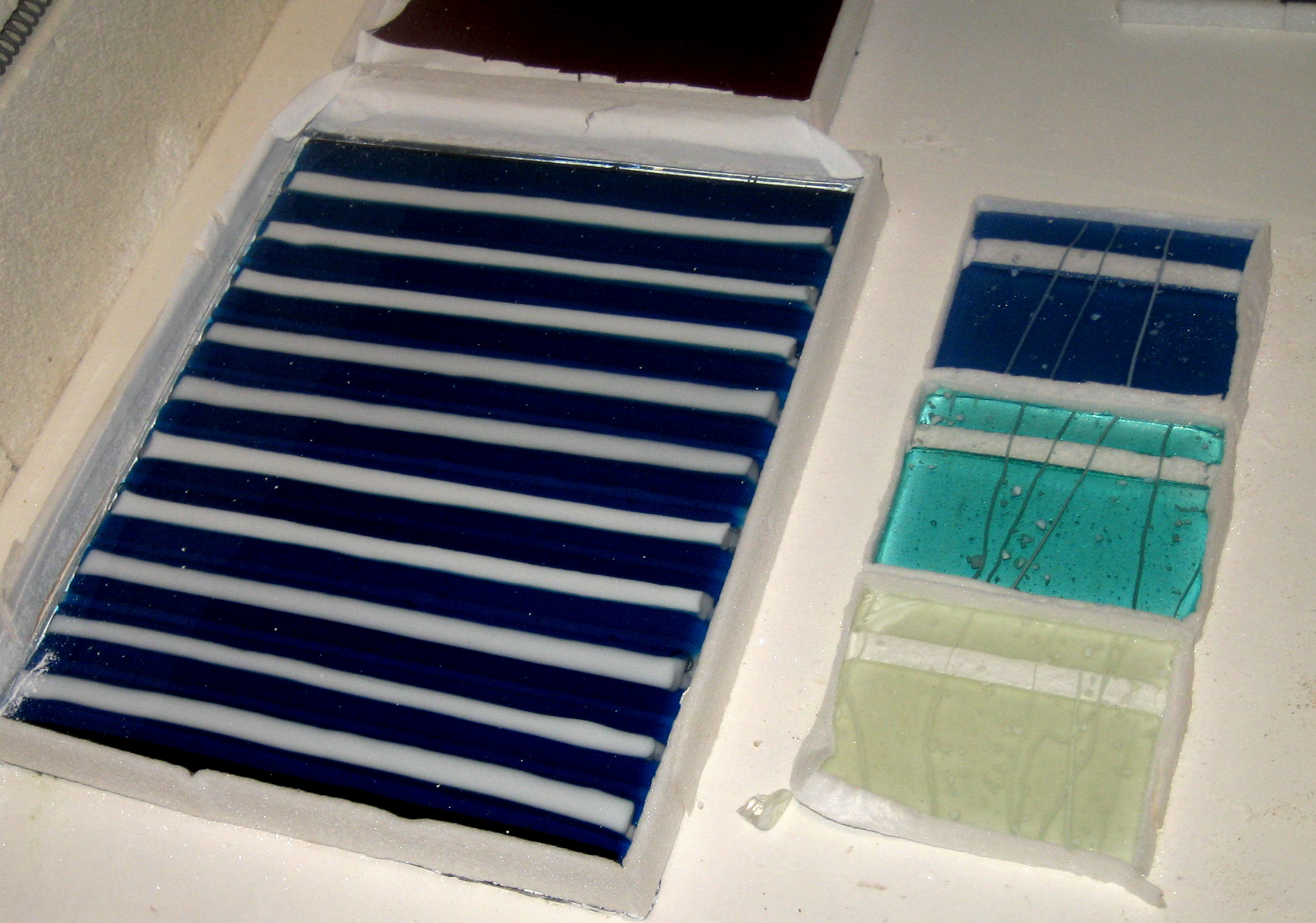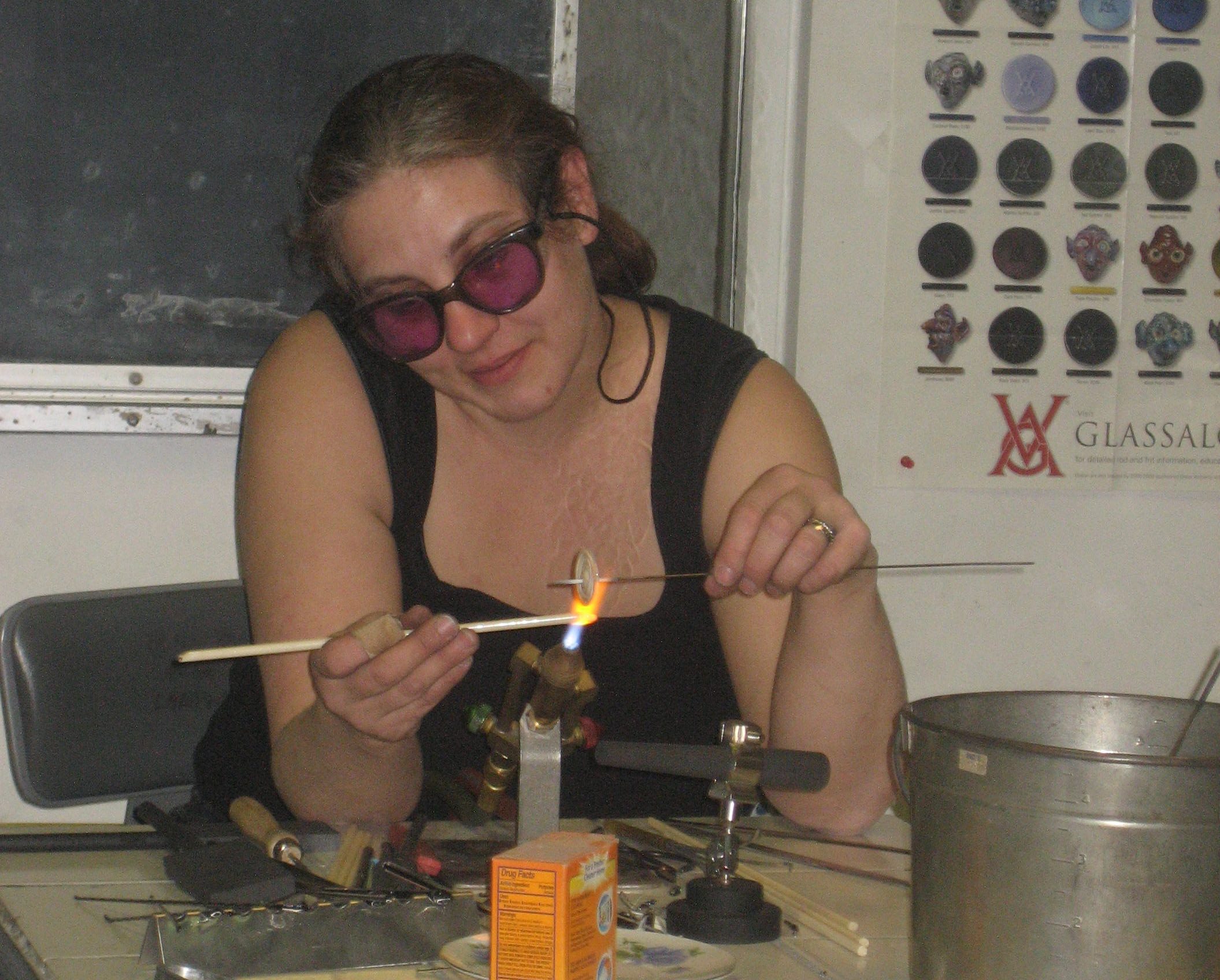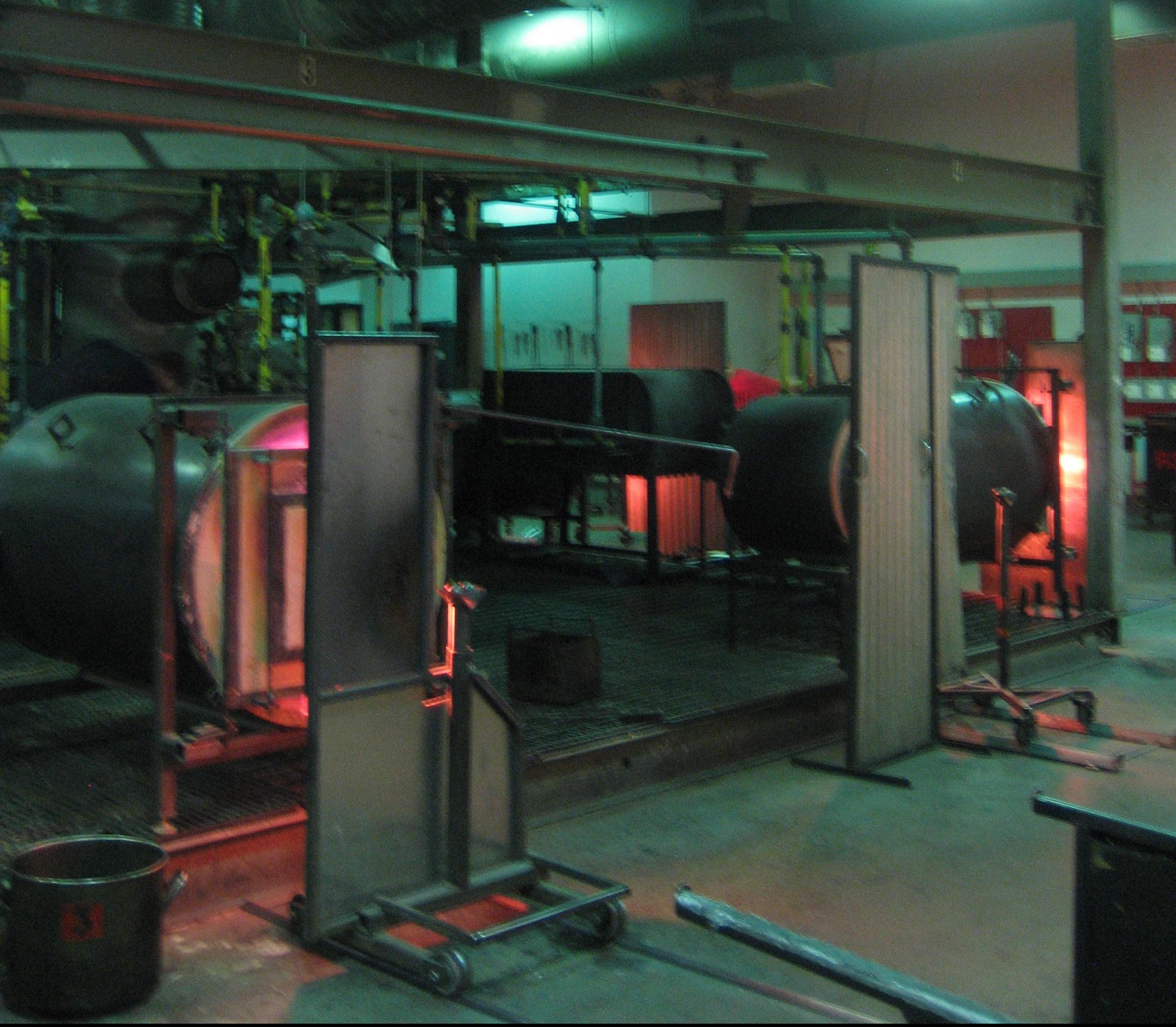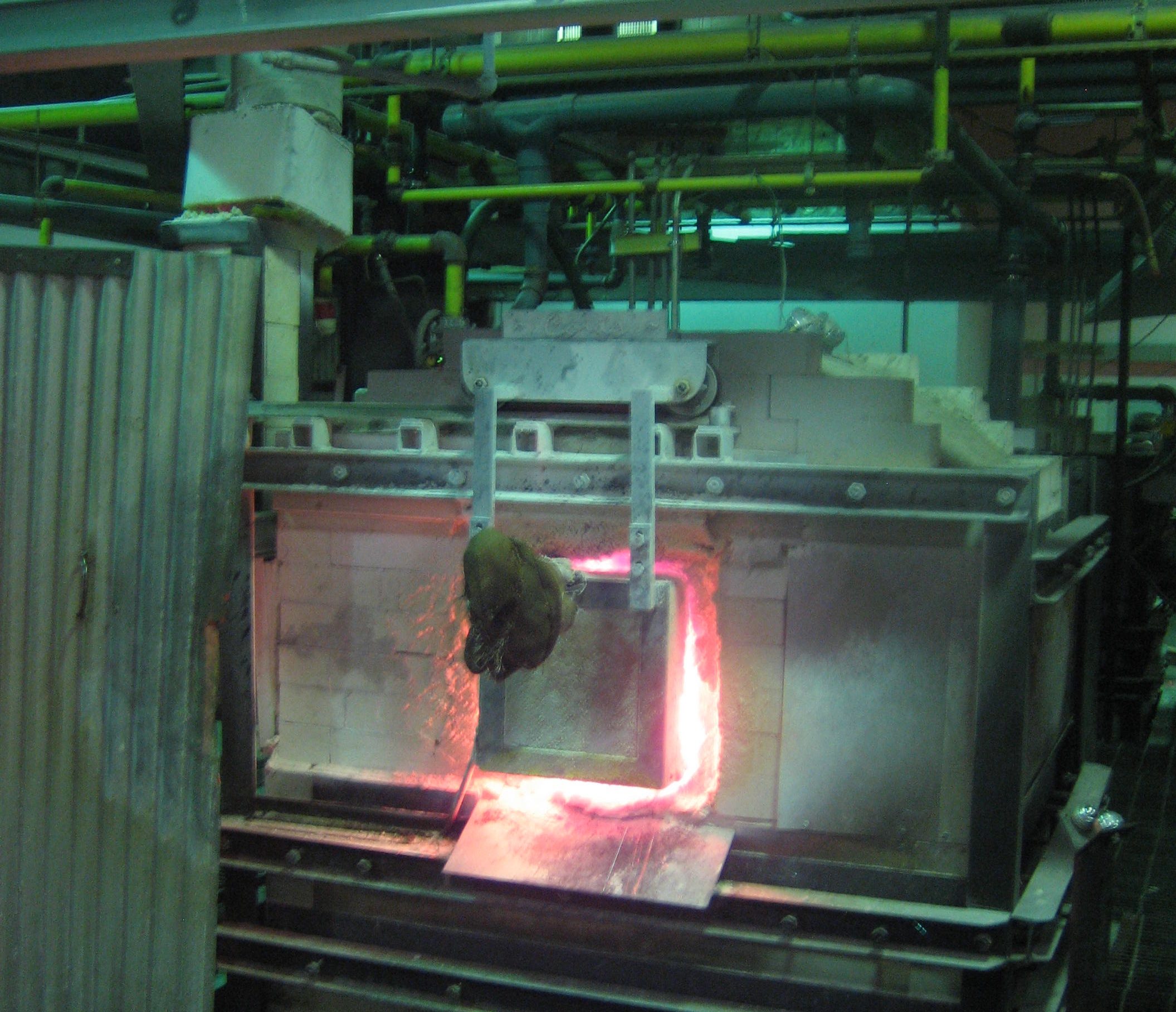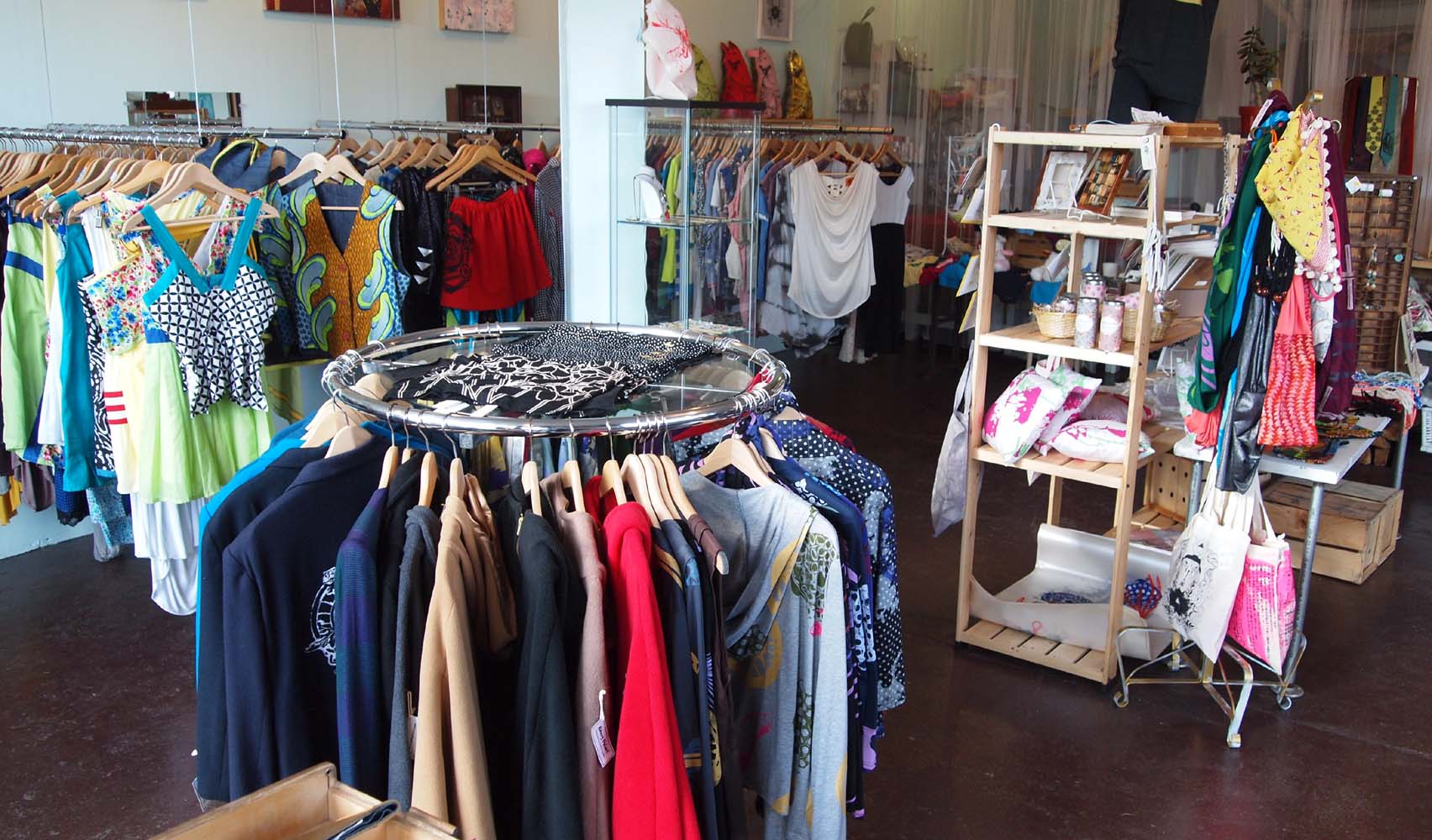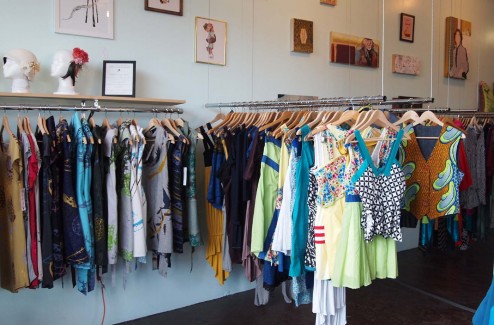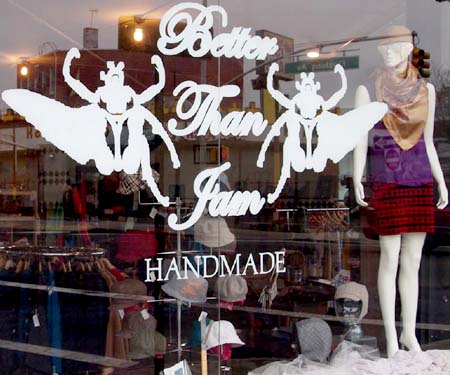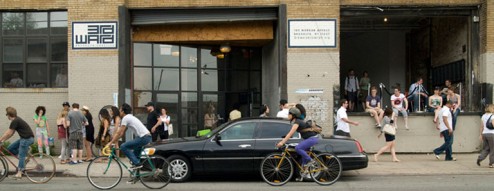metropolis soap co.
neighborhood: bay ridge | space type: commercial | active since: 2009 | links: website, blog, facebook, twitter
In case you didn’t know, Brooklynites are serious makers. We make everything, all over the borough, like gin in Sunset Park, cheese in Red Hook, glasses in Williamsburg, and soap way the hell out in Bay Ridge.
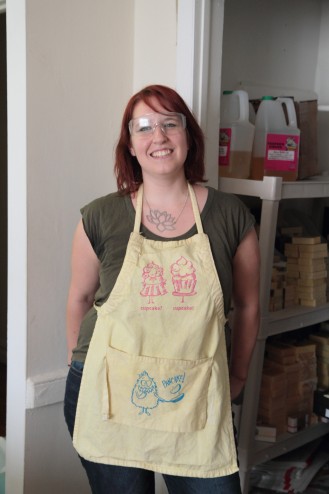 Metropolis Soap Co. is run by Megan, with some help and moral support from her husband, out of their Bay Ridge home. She produces vegan, all-natural, eco-conscious soaps, bath salts, body scrubs, aromatherapy oils, lip balms, and more. Her products have been certified cruelty-free by PETA and organic by the USDA; she uses recycled packaging whenever possible and avoids things like palm oil, due to the rainforest destruction caused by harvesting it. She’s even got a glossary on her site so you can tell how all the ingredients are going to affect your skin.
Metropolis Soap Co. is run by Megan, with some help and moral support from her husband, out of their Bay Ridge home. She produces vegan, all-natural, eco-conscious soaps, bath salts, body scrubs, aromatherapy oils, lip balms, and more. Her products have been certified cruelty-free by PETA and organic by the USDA; she uses recycled packaging whenever possible and avoids things like palm oil, due to the rainforest destruction caused by harvesting it. She’s even got a glossary on her site so you can tell how all the ingredients are going to affect your skin.
Maximus and I schlepped out to Bay Ridge to chat with Megan and check out the operation, and she even did a live soapmaking demonstration for us, which was amazingly cool. She was kind enough to send us home with several soaps to try, and they were all lush and rich and creamy, fantastic smelling and extremely cleansing. After our interview, I spent the rest of the day at the beach, and Metropolis’s Lemongrass & Ginger bar was imperative in ridding me of the clinging film of Coney Island detritus I came home covered with.
***
Q&A with Megan!
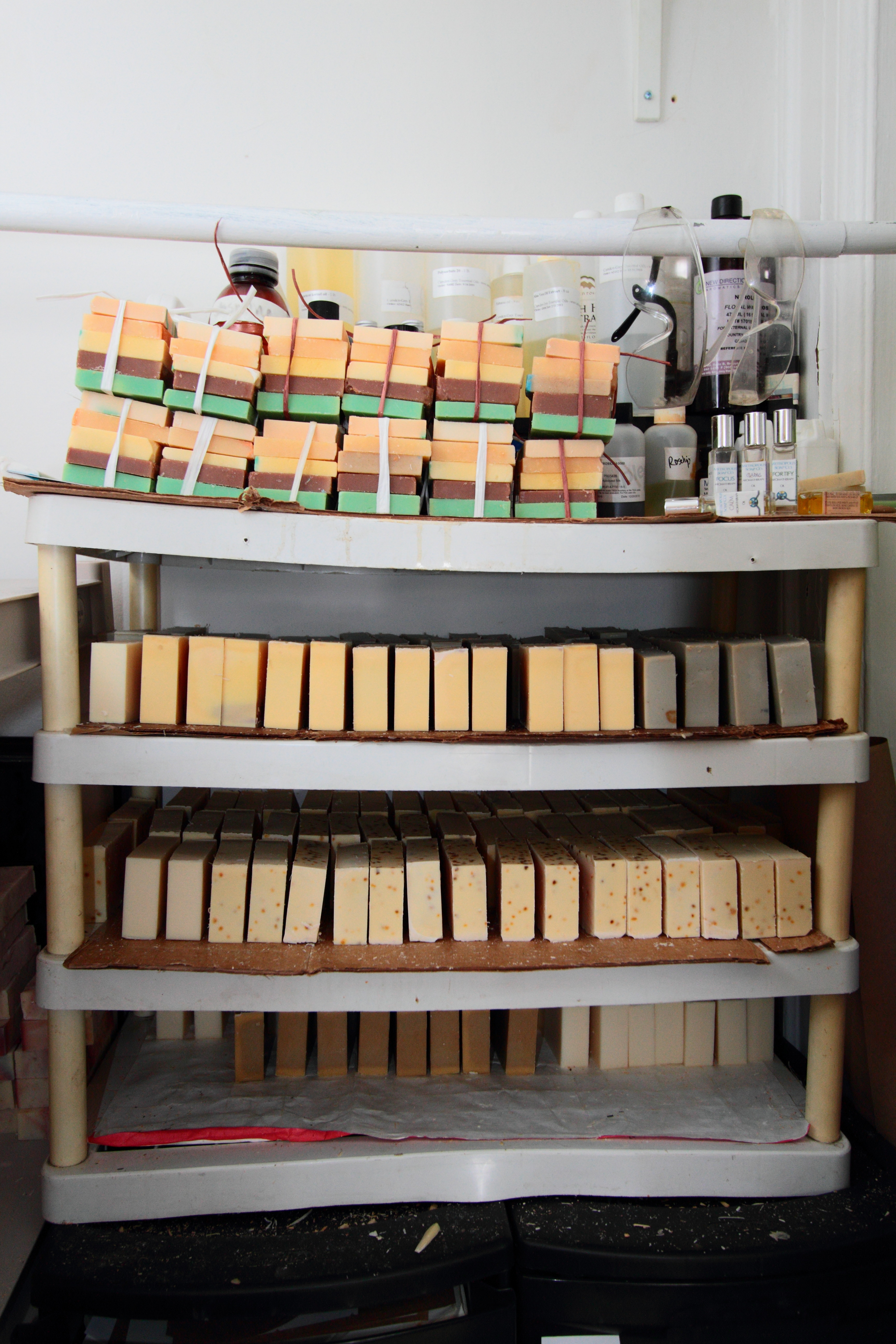 brooklyn spaces: I bet you could tell me the historical origin of soap.
brooklyn spaces: I bet you could tell me the historical origin of soap.
Megan: I can! It dates back to the times of human sacrifice. They would burn people on these pyres, and as the fat melted and liquefied it would mix with the wood ash, which would drip down into the water and create this bubbly substance that people noticed was really good for cleaning.
brooklyn spaces: Can you give me a really brief tutorial on how to make soap?
Megan: Sure. To make soap you need lye, or sodium hydroxide, and fat. When the fat mixes with the lye, it causes saponification. After that you can add essential oils, fragrance, whatever you want. Then you pour it into molds, let it harden, cut it, and let it cure, which means the water evaporates and it becomes a hard bar. That takes about six weeks. As a side note, the fats in most soaps are usually lard or tallow, which is deer, cow, or pig fat. I’m not a vegetarian, but that just skeeved me out, so I did a lot of research to see what I could substitute. The formula I use now is based on sunflower oil and shea butter, so my soaps are really moisturizing, and no animals had to be sacrificed.
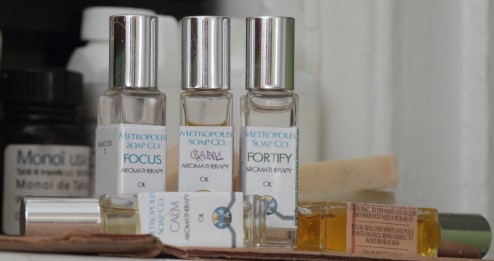 brooklyn spaces: What made you start doing this?
brooklyn spaces: What made you start doing this?
Megan: I started making soap in 2004, and I honestly think it was because I was afraid to be the smelly kid in class. I’ve always loved perfumes, cosmetics, that kind of thing, so I went online and learned how to make a body scrub. It was just sugar and oil! So I was like, “Oh my god, what else can I make?” Then I learned how to make a lip balm and was like, “Oh my god, what else can I make?” and it just went from there. Once I started making soap I got really nerdy about it. It’s been my obsession for seven years now.
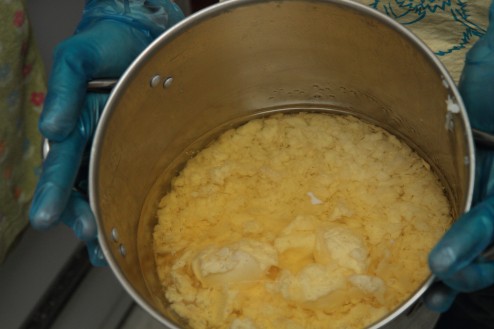
the beginning of a bar of Cedarwood Lime: sunflower oil, palm kernel oil, shea butter, and rice bran oil
brooklyn spaces: What’s the first soap you made?
Megan: Oh, it was awful. It was root beer soap, and I colored it with brown mica, but I didn’t measure very well. I put it in these Kraft boxes, and the boxes all got oil stains, and my friend told me it stained her washcloth brown. It was a hot mess. Now I don’t do fragrance oils or micas, it’s all essential oils and herbs, which is less traumatic for everybody.
brooklyn spaces: What are some of your favorite soaps you’ve made?
Megan: I love the Rosemary & Spearmint, it totally gets me going in the morning. My favorite for my face is Dark Lavender Lime. I have the skin of a thirteen-year-old boy, and the charcoal in that one just sucks everything out.
brooklyn spaces: How did you learn about all the different ingredients and how to combine them?
Megan: Any book I could find in the library I got. Brooklyn Public Library was huge in making this work. The two best books, which I eventually bought, are Illustrated Encyclopedia of Essential Oils by Julia Lawless and Illustrated Encyclopedia of Herbs. I would also research online of course; I’d go to botanical.com, and just go, “What does this do? What is comfrey? What is arnica?”
brooklyn spaces: How did you pick the name for the company?
Megan: It comes from one of my favorite movies, Metropolis. I just love the special effects from the twenties. And also New York, I love New York. So it was part nerdy, part… okay, it was all nerdy. A smorgasbord of nerdery.
brooklyn spaces: How did you get the word out?
Megan: I started at the markets. I did Brooklyn Flea, Brooklyn Indie Market, Renegade Craft Fair, BK Craft Central, any weekend market that I could find. I’m starting to see the benefits of that now, because lots of people come up to me and say they recognize my soaps from this market or that one, which is great.
brooklyn spaces: Do you think being in a place like Bay Ridge, or Brooklyn in general, influences you as a crafter or a small-business owner?
Megan: I think it motivates me. When we first moved here, I vended at the Bay Ridge Festival of the Arts, and I met so many local businesspeople. It was great. There’s a very welcoming community here for tiny businesses, and people want you to succeed. Everyone is really encouraging and holds each other up.
brooklyn spaces: Are there other people in particular who have been a strong influence on you?
Megan: My good friend Laura, whose apron I will be wearing when I make soap for you guys. Her company is Fisk and Fern, her stuff is in Uncommon Goods now. Karen of Markets of New York is amazing. She’s a great supporter of indie crafts. And of course my amazing husband Steven, who has been a huge help with the company and keeps me somewhat sane.
brooklyn spaces: Do you have any advice for someone who’s starting a small business of this nature?
Megan: Don’t expect immediate awesomeness. It will take forever, and it’s always evolving. But the little payoffs along the way totally make it worth it.
***
Like this? Read about more makers: Twig Terrariums, Breuckelen Distilling Co., Pickett Furniture, Better Than Jam, Bushwick Print Lab, Gowanus Print Lab, A Wrecked Tangle Press, Arch PYD
